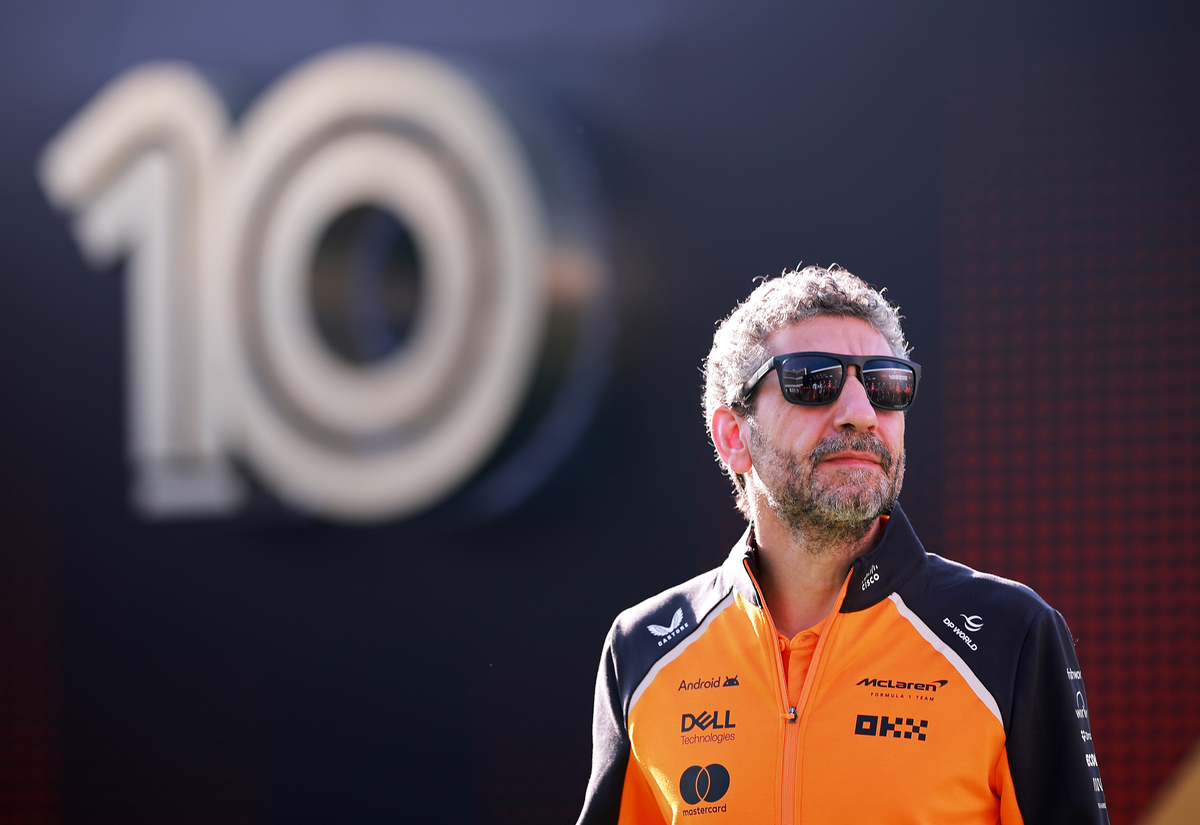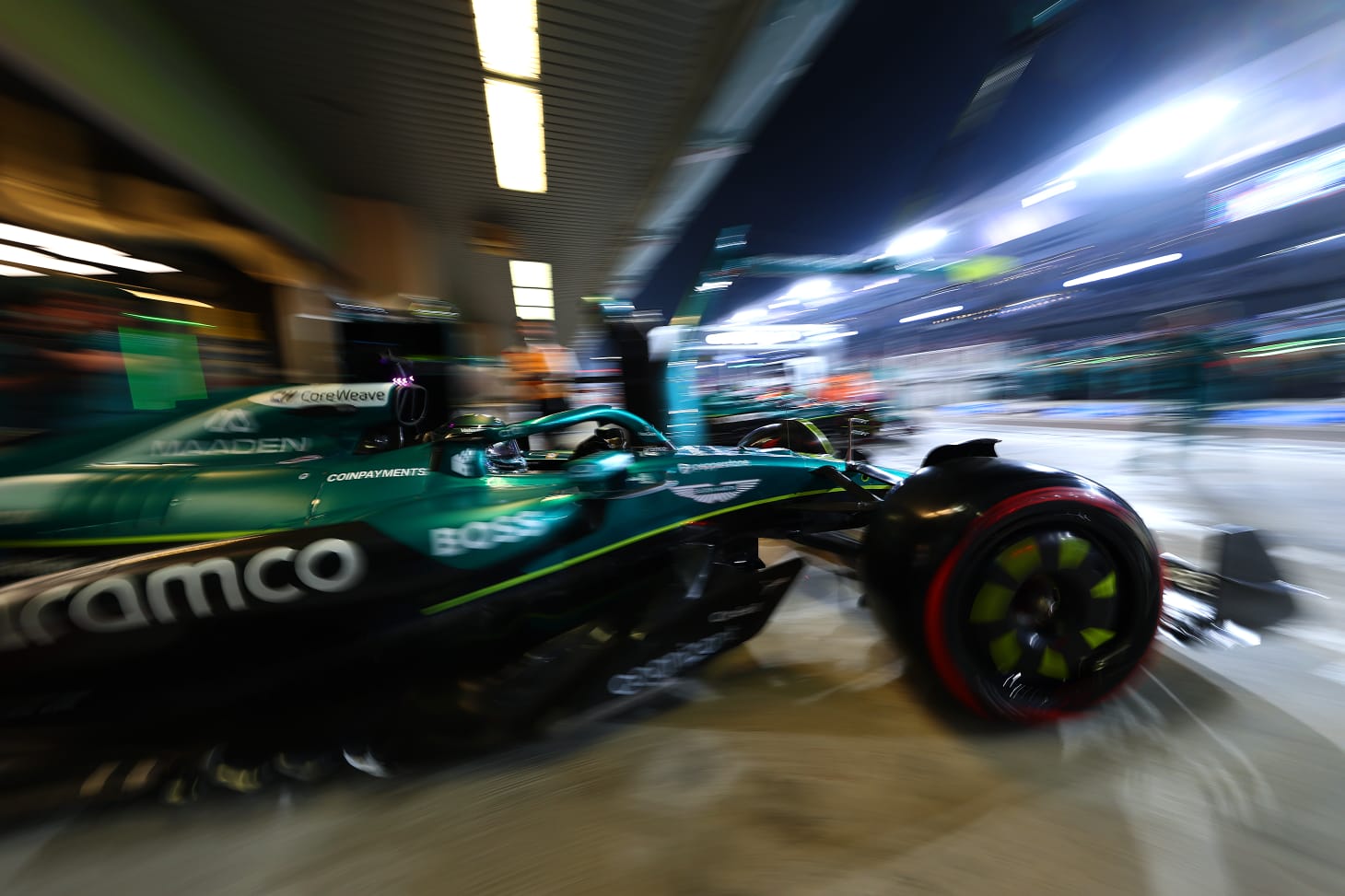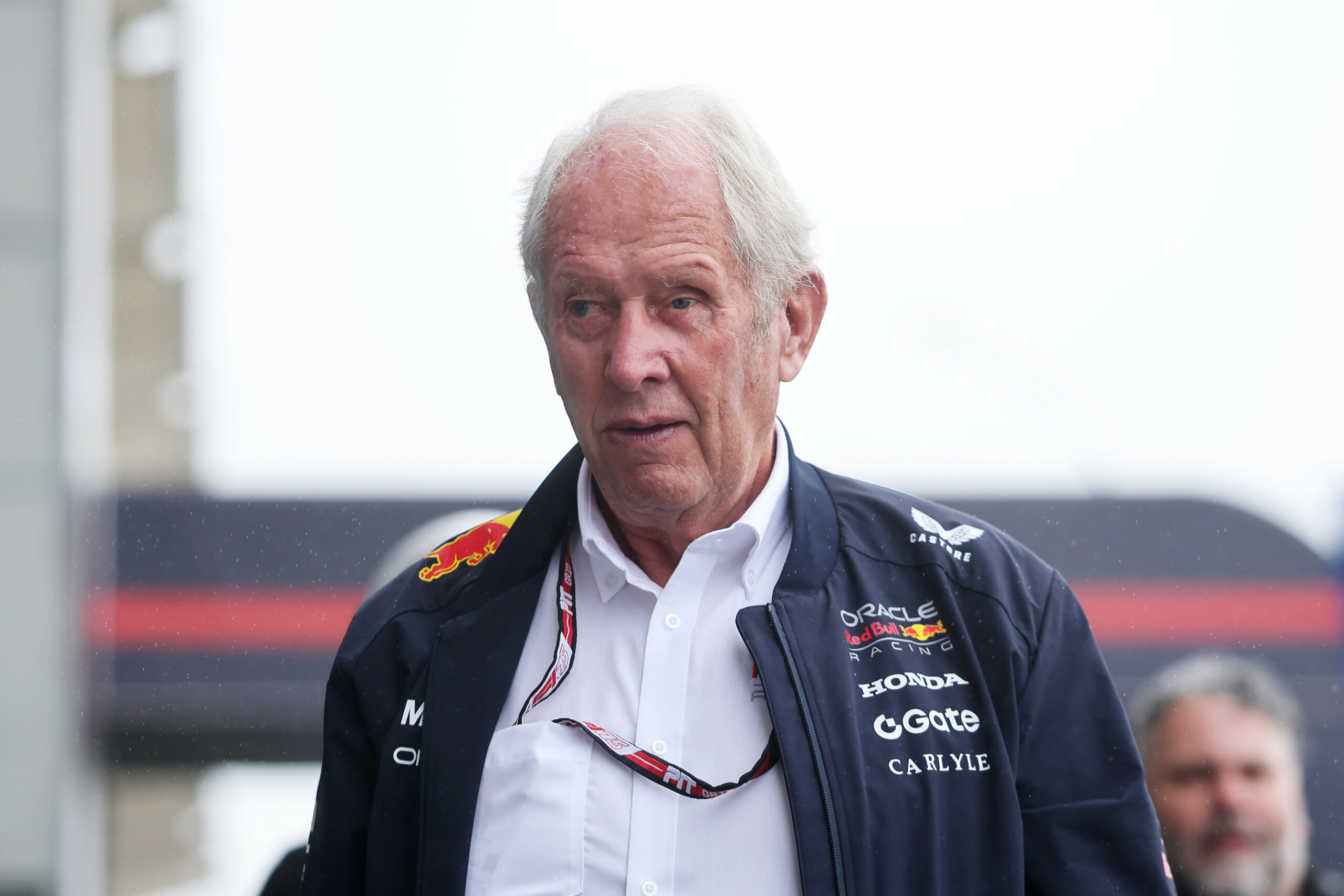Team principal Andrea Stella has opened up about the lessons Oscar Piastri has learnt from his recent struggles, his performance in the race after a tough qualifying session, and the tyre strategy McLaren selected for the Australian at the F1 Mexico City GP on Sunday.
While Lando Norris grabbed pole and cruised to victory at the Autódromo Hermanos Rodríguez, Piastri had a challenging race starting on the fourth row. Unlike the Brit, the 24-year-old was on a two-stop strategy.
Piastri had a poor launch off the line on used softs and immediately dropped down to P9. Unable to make any significant headway in the opening stint, the nine-time race winner pitted at the end of Lap 24 for a set of fresh mediums.
Despite having more pace on hand, Piastri found himself stuck behind the Mercedes drivers in his second stint. The battle eventually took an interesting turn on Lap 48 as he dived into the pits for the second time, only for the Brackley-based squad to also bring Kimi Antonelli in. A duel between the pit crews saw McLaren win, and the Australian came out ahead of the Silver Arrows car.
With 10 laps to go, Piastri surged down the inside into Turn 1 and snatched fifth place from George Russell. However, due to a VSC deployment on the final lap, the McLaren driver had to settle for P5 behind rookie Ollie Bearman.
As a result, Norris now leads the F1 Drivers’ Championship by 1 point.
What prompted Piastri’s performance turnaround?
Speaking in a print media session after the F1 race, Andrea Stella commented on the difficulties Oscar Piastri has been experiencing and how they worked together to turn his Sunday around after he had qualified in eighth position for the Mexico City GP.
Stella revealed that they had pored over the data after Saturday’s qualifying to come up with adequate solutions that would aid Piastri and his driving style at a low-grip circuit like the Autódromo Hermanos Rodríguez.
Noting how they had encountered similar limitations in Austin, the Italian also disclosed that such tracks go against Piastri’s natural preference. He added that the 24-year-old has been forced to step out of his comfort zone and modify his driving to generate lap times from the MCL39 that often slid through the corners.
“After qualifying, we reviewed with Oscar [Piastri] extensively from a data, comment, video point of view. And I think we extracted some important information in terms of how the car is going to be driven in these special low-grip conditions that we are facing here in Mexico, to some extent, similar to Austin.
“And it looks like in this regime, you have to drive the car in a way that adapts to the fact that the car slides a lot and can slide and produce lap time.
“This is not necessarily the way in which Oscar feels naturally that he is producing lap time. So, we identified a few things that we could do with the car and a few things that he could do with the driving.”
Recent lessons key to Piastri’s further growth

Furthermore, Andrea Stella commended Oscar Piastri for the turnaround from Saturday and applying the learnings from the qualifying debrief to Sunday’s Mexico City GP. He also surmised that the Melbourne native could’ve secured a better result had it not been for the midfield traffic after he dropped to P9 during a very frenetic opening lap.
Remarking on how these setbacks can lead to the acquisition of new skills and further development as a driver, the McLaren team boss maintained that these recent lessons will play a crucial role as Piastri finds himself in a tight championship battle with 4 rounds to go.
“I think Oscar should be very proud of himself, of how he has handled the transition from yesterday to today. We could see in the race that he was applying this. He definitely had a more competitive pace than yesterday.
“And it’s a bit of a shame that he was not in condition to fully use this pace because we could not find a way to just get him out of traffic. He spent the entire race looking at the gearbox of the car ahead.
“But it’s important for Oscar that we go through this kind of experience in which we learn new tools to add to the toolbox. Because that’s how you become the most complete version of a Formula 1 driver.
“And this is also important for the next four races in which we’re going to find, again, different conditions. So we need to be ready for all of them.
“But I think Oscar should be very proud and happy with his race today.”
Why was Piastri on a two-stop?
Asked why McLaren settled on the two-stopper for Oscar Piastri at the F1 Mexico City GP whilst the top three ran the better one-stop strategy, Andrea Stella explained that they had intended to position the five-time pole-sitter in clean air and utilise the MCL39’s superior pace.
Moreover, claiming that Mercedes would’ve scrapped their second pit stops if the Woking-based outfit had opted to stay out, the 54-year-old clarified that everyone in the battle with Piastri boxed to try and hold track position and have equal tyres to the Australian.
“First of all, the idea with Oscar was to try and put him in free air and try to utilise the performance that was available on his car.
“If Oscar had stayed out, very likely Russell would’ve stayed out, who was ahead of Oscar. So the fact that everyone ended up on a two-stop is also because cars ahead covered the cars behind that stopped.”
Piastri didn’t have the same luxury as Norris in the lead

Andrea Stella emphasised that Norris and Charles Leclerc had built a big enough cushion to manage their pace and comfortably execute the one-stopper at the Mexico City GP on Sunday. Additionally, he touched on how Max Verstappen also committed himself to a one-stop to mitigate the setback from Saturday’s qualifying.
Furthermore, the McLaren team principal elaborated that their quest for clean air and Oscar Piastri’s immediate rivals on the track choosing the same strategy dictated the outcome of the Australian’s race more than the number of pit stops they had performed on Sunday.
“So it was a little bit of a controlling strategy and that’s why you end up with a group of cars that are on the same strategy.
“I think the fact that with Lando [Norris] and Leclerc, they had enough pace to actually, once again, control what was happening behind them and there was no reason to go on a two-stop. Verstappen seemed to be quite committed, but he was also in a position in which nobody needed to cover him.
“So I think it’s not necessarily for Oscar committing to one or two, but it was more about trying to find some free air for Oscar to express his potential.”





